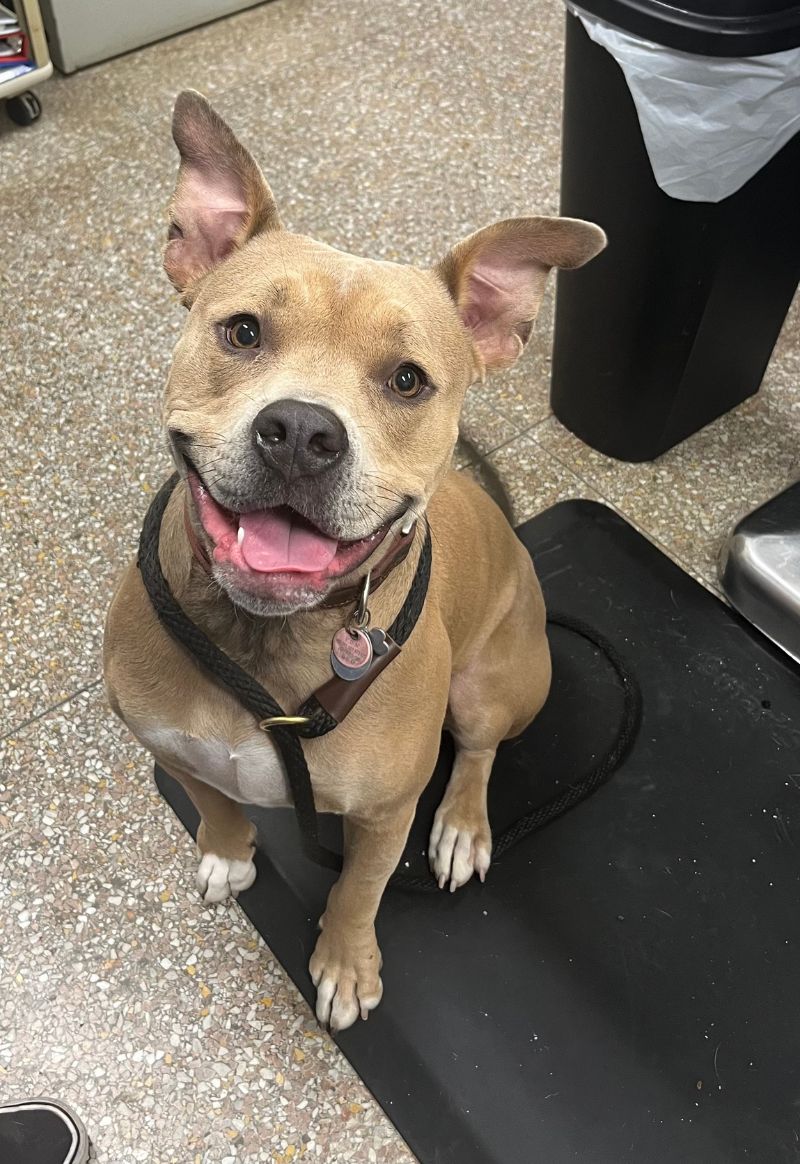Welcome to Allison Lane Animal Hospital

Make An Appointment
Wellness Care
Useful tips for helping keep your pet healthy.
Current Illness
Is your pet sick or injured? Click here for more info or make an appointment.

Complete Veterinary Care in Jeffersonville, IN
Pet Dermatology
Dermatology in veterinary medicine focuses on skin and common issues, including allergies, parasites, tumors, and infections.
Pet Radiology
Radiology offers vital insights into the body, aiding the diagnosis of fractures, tumors, heart issues, and more.
Pet Exotics
Exotic pets, like rabbits, are cherished family members. These pets require specialized veterinary care due to unique needs.
Mission Statement
At Allison Lane Animal Hospital, caring for the whole family is our mission.
Our main concern has always been treating pets with care and compassion, but that care and compassion does not stop with them. We recognize that these animals, regardless of how big or small, are family members, companions, best friends, confidants, and much more.
